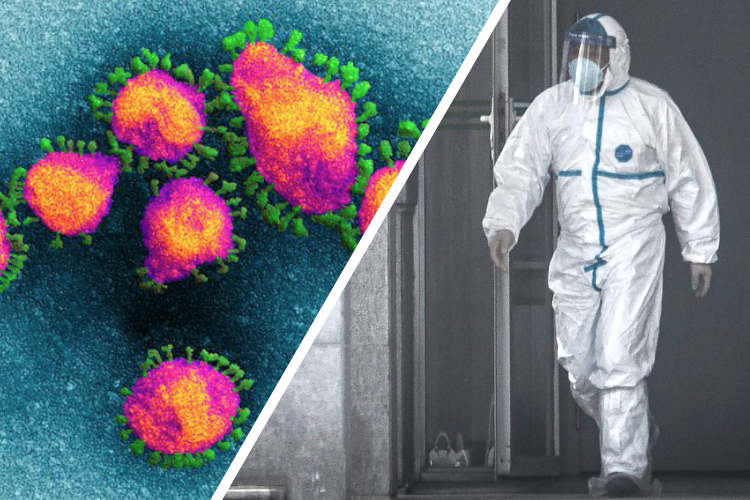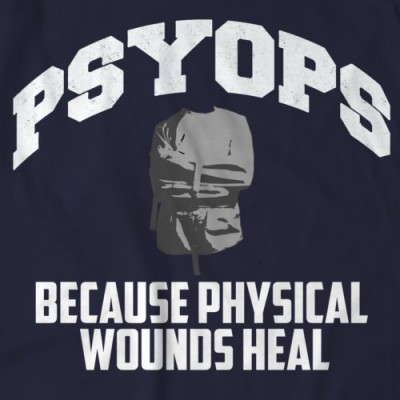TESTING THE MOST EFFECTIVE METHOD TO MANIPULATE MINDS
from The Waking Times:

By the looks of it, we are about to face one of the most aggressive vaccine campaigns ever created. According to Reuters,1 the U.S. government is planning to launch an “overwhelming” COVID-19 vaccine campaign come November, provided the U.S. Food and Drug Administration gives one or more vaccine candidates the green light.
Considering former FDA commissioner Dr. Scott Gottlieb2 is now on Pfizer’s board of directors,3 and Pfizer’s COVID-19 vaccine is one of the lead candidates, jaded minds might assume the FDA isn’t going to put up any significant roadblocks.
According to Reuters, the COVID-19 vaccine campaign “will likely be compressed into a short period of time, around four to six weeks, to eliminate any lag between when Americans are alerted to the vaccine and then they can get vaccinated.” An unnamed “senior White House administration official” is quoted saying:4
“The fine line we are walking is getting the American people very excited about vaccines and missing expectations versus having a bunch of vaccines in the warehouse and not as many people want to get it. You may not hear a lot about promoting vaccines over the airwaves in August and September but you’ll be overwhelmed by it come November.”
It’s still unclear exactly when a vaccine will be available, but it could be as early as October, or as late as January 2021. According to the administration official, the advertising campaign for the vaccine will be tailored to specific subsets of the population, depending on the people the vaccine is likely to benefit the most. Such details are expected to be teased out during ongoing clinical trials.
Study Underway to Identify Most Effective Messaging
The idea that the vaccine promotion might be more “overwhelming” than what we’re used to is further supported by a clinical study5 on ClinicalTrials.gov, the aim of which is to identify the most “persuasive messages for COVID-19 vaccine uptake.”
The study, conducted by Yale University, will test “different messages about vaccinating against COVID-19 once the vaccine becomes available.”
A total of 4,000 participants will be randomized to receive one of 12 different messages (10 messaging variations, one control message and one baseline message), after which they will “compare the reported willingness to get a COVID-19 vaccine at three and six months of it becoming available.” The messaging slants under investigation include:6
| Personal freedom message — A message about how COVID-19 is limiting people’s personal freedom, and how society, by working together to get enough people vaccinated, can preserve its personal freedom. |
| Economic freedom message — A message about how COVID-19 is limiting people’s economic freedom, and how society, by working together to get enough people vaccinated, can preserve its economic freedom. |
| Self-interest message — A message that COVID-19 presents a real danger to one’s health, even if one is young and healthy, and how getting vaccinated against COVID-19 is the best way to prevent oneself from getting sick. |
| Community interest message — A message about the dangers of COVID-19 to the health of loved ones: The more people who get vaccinated against COVID-19, the lower the risk that one’s loved ones will get sick. Society must work together and all get vaccinated. |
| Economic benefit message — A message about how COVID-19 is wreaking havoc on the economy and the only way to strengthen the economy is to work together to get enough people vaccinated. |
| Guilt message — A message is about the danger that COVID-19 presents to the health of one’s family and community. Therefore, the best way to protect them is not only by getting vaccinated, but to get society to work together to get enough people vaccinated. Then a test question asks the participant to imagine the guilt they will feel if they don’t get vaccinated and then spread the disease. |
| Embarrassment message — A message is about the danger that COVID-19 presents to the health of one’s family and community: The best way to protect them is by getting vaccinated and by working together to make sure that enough people get vaccinated. Then it asks the participant to imagine the embarrassment they will feel if they don’t get vaccinated and spread the disease. |
| Anger message — The message is about the danger that COVID-19 presents to the health of one’s family and community. The best way to protect them is by getting vaccinated and by working together to make sure that enough people get vaccinated. It then asks the participant to imagine the anger they will feel if they don’t get vaccinated and spread the disease. |
| Trust in science message — A message about how getting vaccinated against COVID-19 is the most effective way of protecting one’s community, that vaccination is backed by science: If one doesn’t get vaccinated that means that one doesn’t understand how infections are spread or you are one who ignores science. |
| Not brave message — A message which describes how firefighters, doctors and front line medical workers are brave: Those who choose not to get vaccinated against COVID-19 are not brave. |



